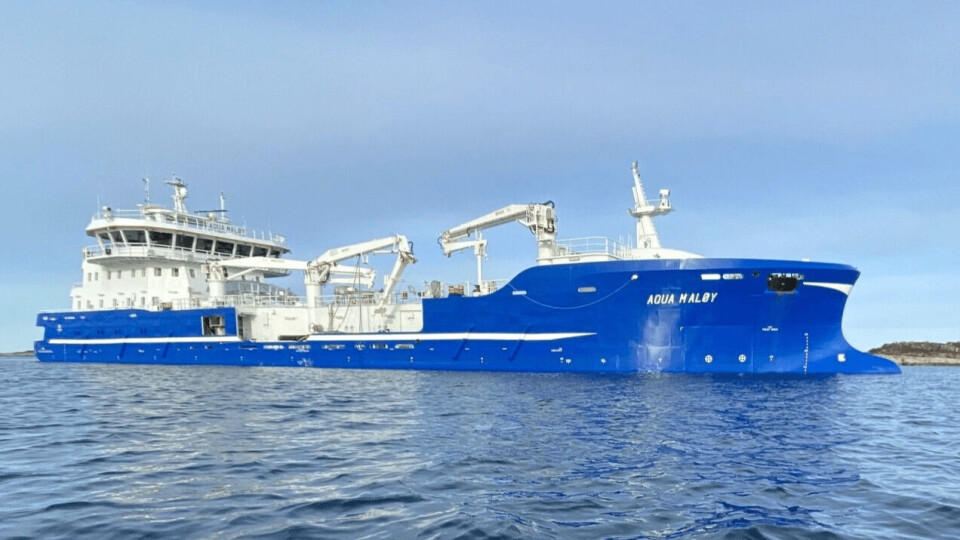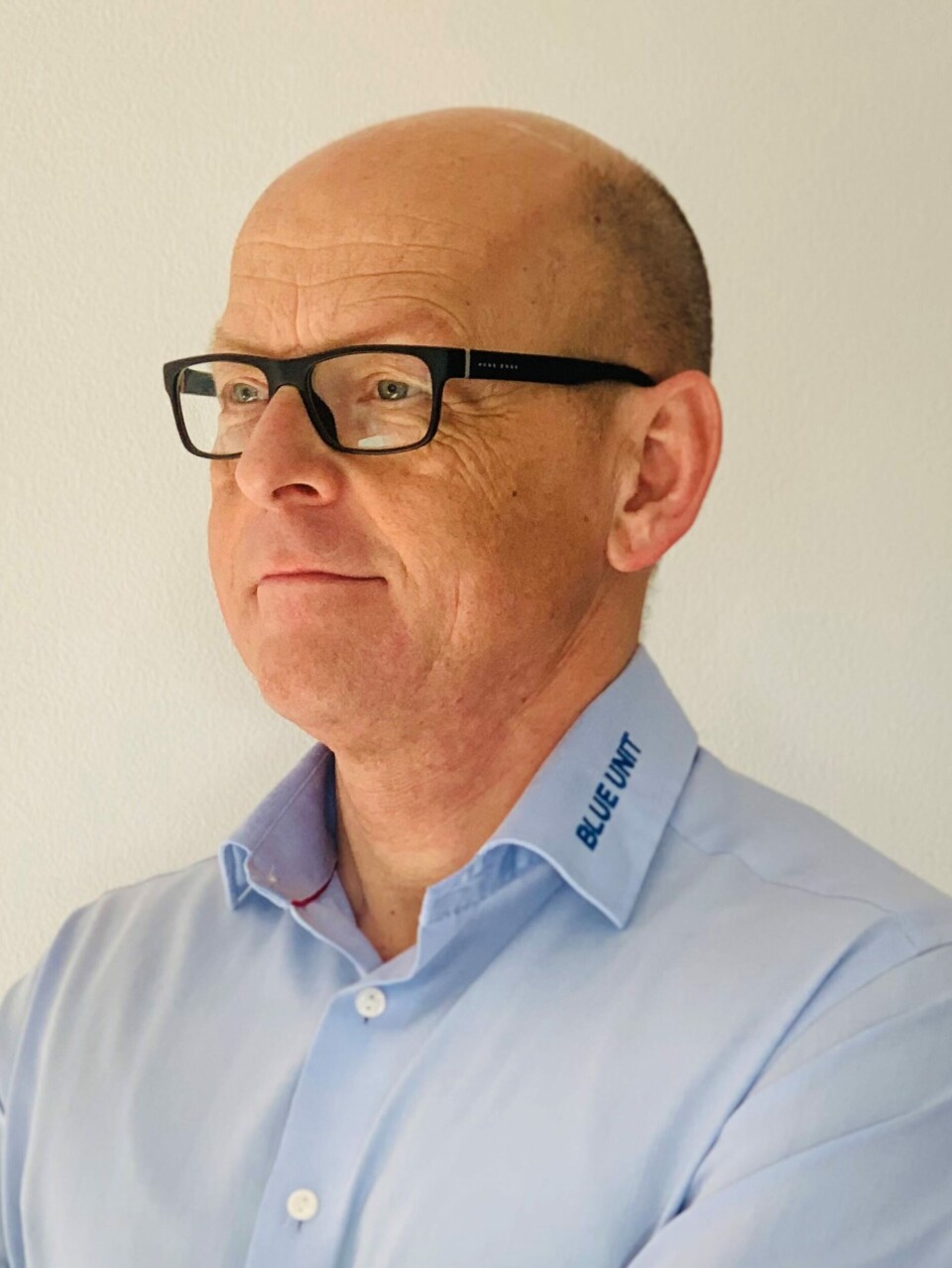
RAS gas detection technology fitted to wellboat
The world’s biggest wellboat company, Sølvtrans, will this month begin using a hydrogen sulphide early warning technology previously only fitted in on-land fish farms.
The Blue Unit Lab Station has been trialled by Sølvtrans for the past three months and will now be permanently installed on one of the company’s vessels, the 3,900m³ capacity Aqua Maløy, said Danish company Blue Unit AS in a press release.
“Blue Unit has been tested on one of our vessels after the wish by a client, and we’re very happy with the results, as it can detect hydrogen sulphide (H₂S) at minutes’ notice,” said Emil Eide Høyesen, fish health specialist at Sølvtrans. “Previously, we have had a few incidents, where we had difficulty tracking the dangerous chemicals in time.”
Water quality parameters
The Blue Unit Solution monitoring system for RAS farms has specially designed sensors collecting 13 key water quality parameters from up to 12 locations at a time, which helps improve water quality, reduce costs, and increase animal welfare in the fish farms. This is the first time Blue Unit’s system has been tested at a waterborne location.
Loading and unloading can stress the fish, explained Blue Unit. This can make them excrete several different substances that can affect the water quality. These include hydrogen sulphide. If H₂S is found in the cargo tanks, the shipping companies’ ships are quarantined. There is only a limited time window from when the hydrogen sulphide can be measured until when the fish die.

Up-to-date readings
“Our online system can measure H₂S in 24-hour operations, which means that negative readings can be detected in time,” said Blue Unit chief executive Henrik Hamann Juel. “That way, many issues can be fixed before they become catastrophic for the fish farmers. It is crucial in good fish farming that you can trust your measurements, and that they are constantly up to date.”
He expects the Aqua Maløy to be the first of many Sølvtrans vessels to be fitted with the Blue Unit technology.
Hanging sensors
Blue Unit said that a voyage to transfer fish from land to sea farms takes between 10 and 12 hours, so a lot can happen if the water measurements are not constant. Among other things, there is a risk of moving potential toxins from boat to farm if the wellboat operator is not aware of a problem. Thereby, the entire stock is affected - both the existing and the new stock. But if H₂S is detected immediately, chemicals can be added that will affect the water and change it from a dangerous to a harmless solution.
The standard sensors used in wellboats are hanging sensors that are permanently installed within the cargo tank. This can be a problem because it is difficult to access the sensors and clean off algae and dirt that interfere with measurements. If a water sensor is to work optimally, it must be clean and free of any algae formation, which is almost impossible with hanging sensors, said Blue Unit.
“The sensors from Blue Units’ lab station are located on deck in boxes above water with hoses connected. This makes the system easy to install, use, read and clean. It is very user-friendly,” said Sølvtrans’ Høyesen.






















































